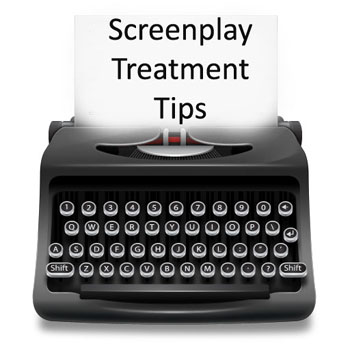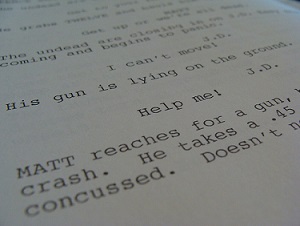http://www.screenwritersutopia.com/article/c5e408b6

What is a treatment?
A treatment is a detailed overview of a script idea or screenplay, which is used as a marketing tool for both spec and for-hire screenwriters to sell their project. While treatments and synopses are both marketing tools to sell a screenplay or script idea, there are differences. A synopsis is generally one-page only and includes only the main plot points or your screenplay, while a treatment is a more comprehensive and detailed overview of your script.
Do you really need to write a treatment?
It depends on the scenario. It’s not really necessary to write a treatment unless it assists you in fleshing out your ideas and developing your screenplay. Studios, production companies and/or industry folks might request you submit a treatment to them after you pitch an idea and they are interested in your project. They will tell you approximately how many pages to write for the treatment.
Top Ten Treatment Tips
- Your goal is to entice and excite the executive to want to see this treatment made into a movie. This also means that your writing talent and distinct voice shines through.
- Write your treatment in prose form and in the present tense.
- Make sure that you consistently follow the conventions of your script’s genre.
- Follow your main character’s journey and the major plot points. Indicate your protagonist’s goal and the major obstacles in his or her path, including the antagonist.
- Include dialogue snippets (using quotation marks) only when absolutely necessary to highlight a poignant or critical moment of your script.
- Your treatment should be a clear and accurate reflection of your script idea and/or screenplay.
To read more go to:

